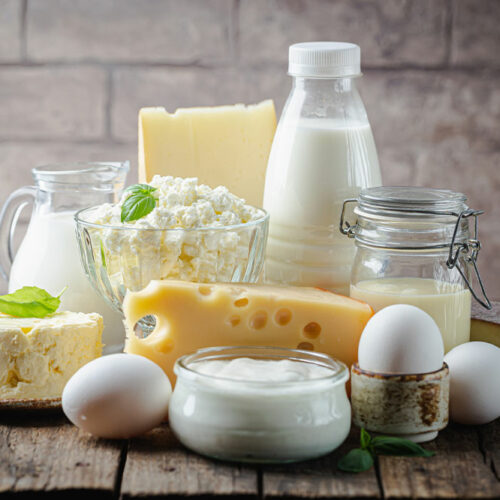5 foods to avoid for boosting lung health

In an era of rising pollution levels and novel respiratory disorders, keeping the lungs healthy can be a challenge for many. While exercising and frequent physical screenings can help, what a person eats is equally critical for their respiratory health. Certain foods, such as apples, tomatoes, and blueberries, are great for the lungs. On the flip side, some foods can seriously degrade lung health in the long term. So let’s look at such foods. Ice cream Dairy products such as milk, cheese, and yogurt can worsen asthma and its symptoms in patients. Milk is a rich source of calcium and vitamins. However, milk products also have casomorphin, a chemical that has been known to increase the mucus quantity in the intestines. Ice cream is arguably the worst of them all, as overeating can inflame the respiratory tract tissues and produce excessive mucus in the lungs. Ice creams contain refined sugar, which makes them one of the worst foods for the lungs. Chocolate Speaking of sugar, chocolate also contains high amounts of artificial sweeteners, sugar, and a surprisingly low number of nutrient elements. Additionally, it has caffeine, which rapidly increases the heart rate of a person. Like milk and other dairy products, sugar is also an inflammatory agent.






